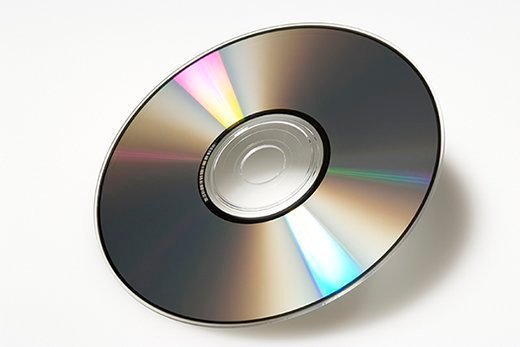What is the full form of CD
What is the full form of CD
CD: Compact Disc
Compact Disc or CD is a circular digital disk mainly used for data storage. It is an extension of Laser Disc.
CDs can store any type of data like audio, video, text, pictures, etc in digital format. The data is stored in the form of small notches on the disc and when the disc is played the data is read by a laser from an optical drive.

History of CD
Credit of inventing a CD can’t be given to a single person, as every part of the CD has been discovered by different individuals.
Although James Russell is the most attributed inventor of the CD. He discovered it in 1965 and the patent of CD was sold to the Sony and Philips Company which made it publicly on May 17, 1978 in Japan and by 1983 it further went on to US and Europe. The first CD was produced on 17 August 1982 at the Philips factory in Germany.
TYPES of CD
- CD-ROM – Compact Disc-Read Only Memory is a popular and standard optical disk used for reading data in computers.
- CD-R – Recordable Comapct Disc has write operation feature. It is made up of special dye which reflects different colours when light falls on it. The shelf life of CD-R is 20 to 100 years.
- RW-CD – ReWritable Compact Disc is a disk in which data can erased and rewritten again and again.
- VCD – Video Compact Disc enables one to see a moving images clearly on the screen.
Advantages:
- It is small in terms of size
- It is portable
- Faster data access
- It is cheap to produce